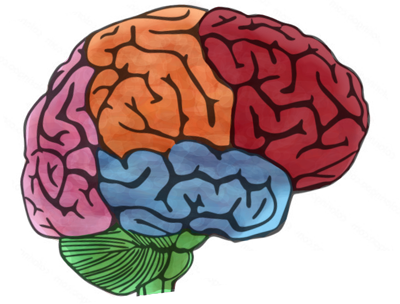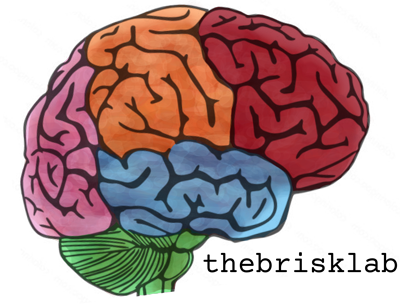Statistical tools are essential to improving human health. I endeavor to provide students with the skill sets to affect positive change in public health and medicine. I draw from my own experiences in biostatistics, medical research, economic consulting, and conservation biology to identify important connections between scientific inquiry and statistical tools. Classroom lectures and homework assignments create opportunities to communicate the practical importance of statistics in advancing scientific knowledge. Homework and exam problems draw upon datasets I have previously analyzed. Examples include an examination of whether the impact of deep brain stimulation in Parkinson’s disease is modified by cognitive impairment; estimating white matter developmental trajectories in neonates; analyzing cortical thickness changes during adolescence; and analyzing the effectiveness of a visual desensitization home exercise program on post-concussive dizziness. Well-motivated examples help foster a desire to learn statistics, and the retention of the statistical methods is furthered by the exciting scientific discoveries made during the process.
Emory University:
- BIOS 526: Modern Regression
- BIOS 780: Research Methods in Biostatistics
-
-
- Syllabus
- In this course, students summarize and critically review preprints in statistics and biostatistics. The class includes readings from “The Immortal Life of Henrietta Lacks” by Rebecca Skloot, readings from “How to be a Modern Scientist” by Jeff Leek, and papers on statistics and science. Includes lectures on scientific writing and tools for scientific writing and presentations.
-
- BIOS 590/790 Seminar in Biostatistics


